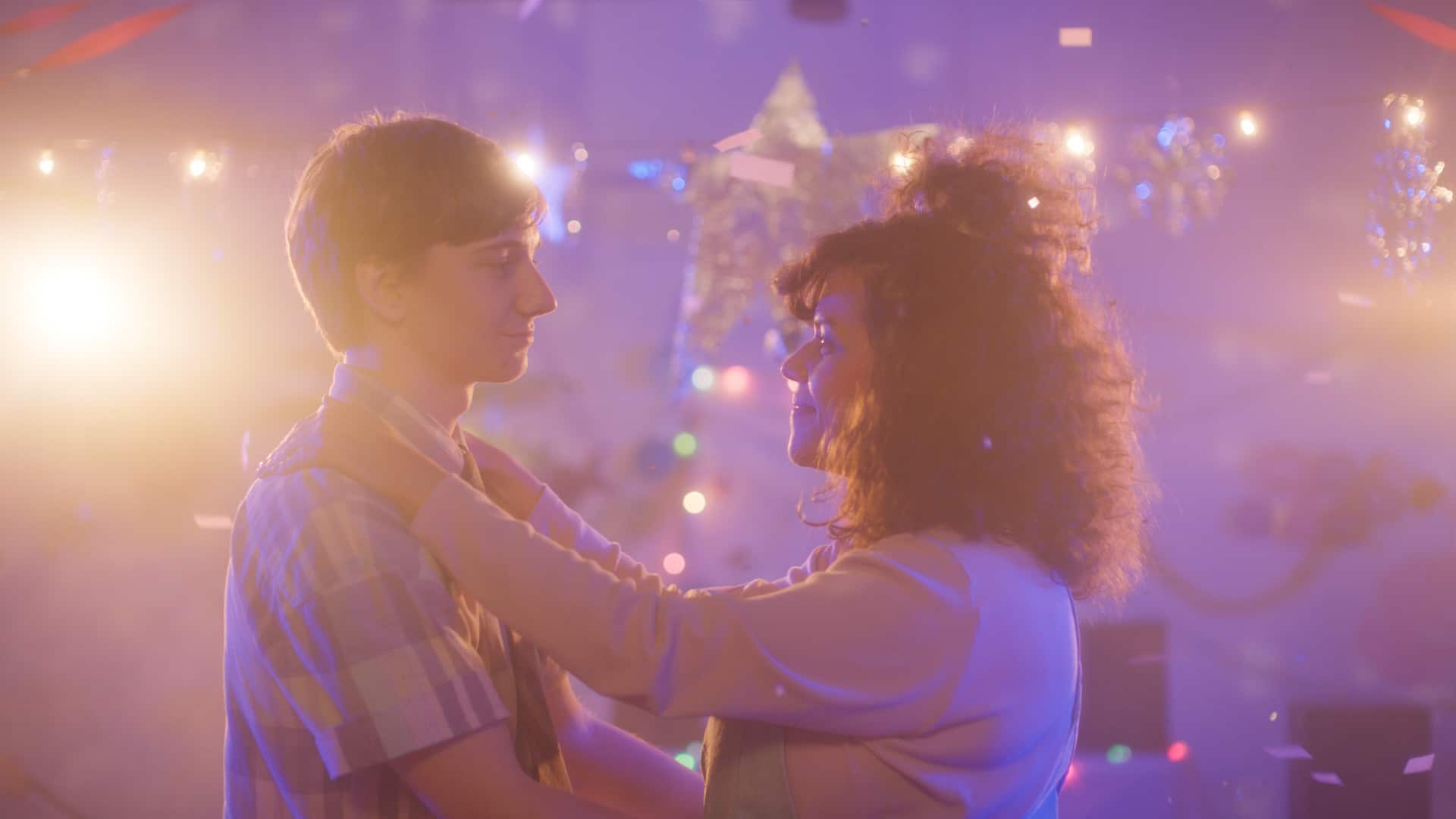Coming of age is definitely not a new genre – so you could be excused for thinking you’ve seen every way there is to tell the tale of how a girl becomes a grown-up. But you’d be wrong. From filmmaker Cecilia Aldarondo, You Were My First Boyfriend pushes the boundaries of the classic teen coming-of-age story while visiting your favorite tropes.
Aldarondo structures the first act of her experimental documentary, premiering on HBO on November 8th, around pinning over a boy. It’s what the film title demands, echoing teen classics like Sixteen Candles. This time, his name is Joel and he hardly knows she exists. But Aldarondo tells the story by reading aloud her own journals, sharing archival footage, staging over-the-top reenactments, and conducting present-day interviews. The scene where she interviews her now-grown crush, some twenty years later, is perhaps one of the cringest things I’ve ever seen.
Thankfully, You Were My First Boyfriend doesn’t stop there. Soon we see Aldarondo reliving her teenaged fantasies – recreating the sets, costumes, stage direction, and lines from her favorite works at the time – and casting herself. Is it silly and hilarious to see her middle-aged and brown self as Angela Chase and her current partner as Jordan Catalano in a My So-Called Life reenactment? Yes. But it is also fun and freeing, creating a healing second act before a startling revelation in the third (no spoilers). Here, You Were My First Boyrfriend pushes narrative boundaries even as its concept – discovering your identity through trying on different roles – is deeply relatable. For a modern (and more typical) example, check out Miguel Wants To Fight and see the titular hero there using classic action films to help him understand himself.

The film ends with the trials and tribulations of teenage friendship – another classic teen message from The Sisterhood of the Traveling Pants to Mean Girls to Plan B. Aldarondo relives her worst moments – casting real teens to play her classmates and recreating the bunks of a sleepover field trip, the dance where she was humiliated. She’s reliving her worst experiences with bullying – both as a victim and as a passive bystander and she brings some of her real-life, grown peers to watch.
The experience is arguably cathartic but certainly painful and awkward. In her old photos, teen Aldarondo stands out – a curly-haired, full-figured Borricua in a sea of thin white girls. As a grown-up, her otherness is only magnified as she pretends to engage with real teens as one of them. In her difference, Aldarondo pushes on the classic coming-of-age topics – how is the experience altered if a Molly Ringwall-type character is a girl of color? In what ways does identity magnify, distort, and change the “typical” teen experience?
You Were My First Boyfriend lives in those questions, asking us viewers to step into Aldarondo’s cocktail of awkwardness and otherness, whether she’s interacting with her high school peers, family members, or idols.

And emotionally, it works. Watching it, I oscillated between being tickled, disturbed, and challenged. Long after the credits finished, I was left pondering my own adolescence, wondering if the narratives I’ve told myself are true and to what extent. Sometimes, it feels like all of us revert to our most vulnerable selves when threatened – and for me, that was seventh grade. It seems like for Aldarondo, it was high school. You Were My First Boyfriend asks if we can truly heal our old adolescent wounds and if so – what would it look like? The answers are unclear but they’re certainly worth pondering.
You Were My First Boyfriend debuts on HBO November 8th and will be available to stream on MAX.

